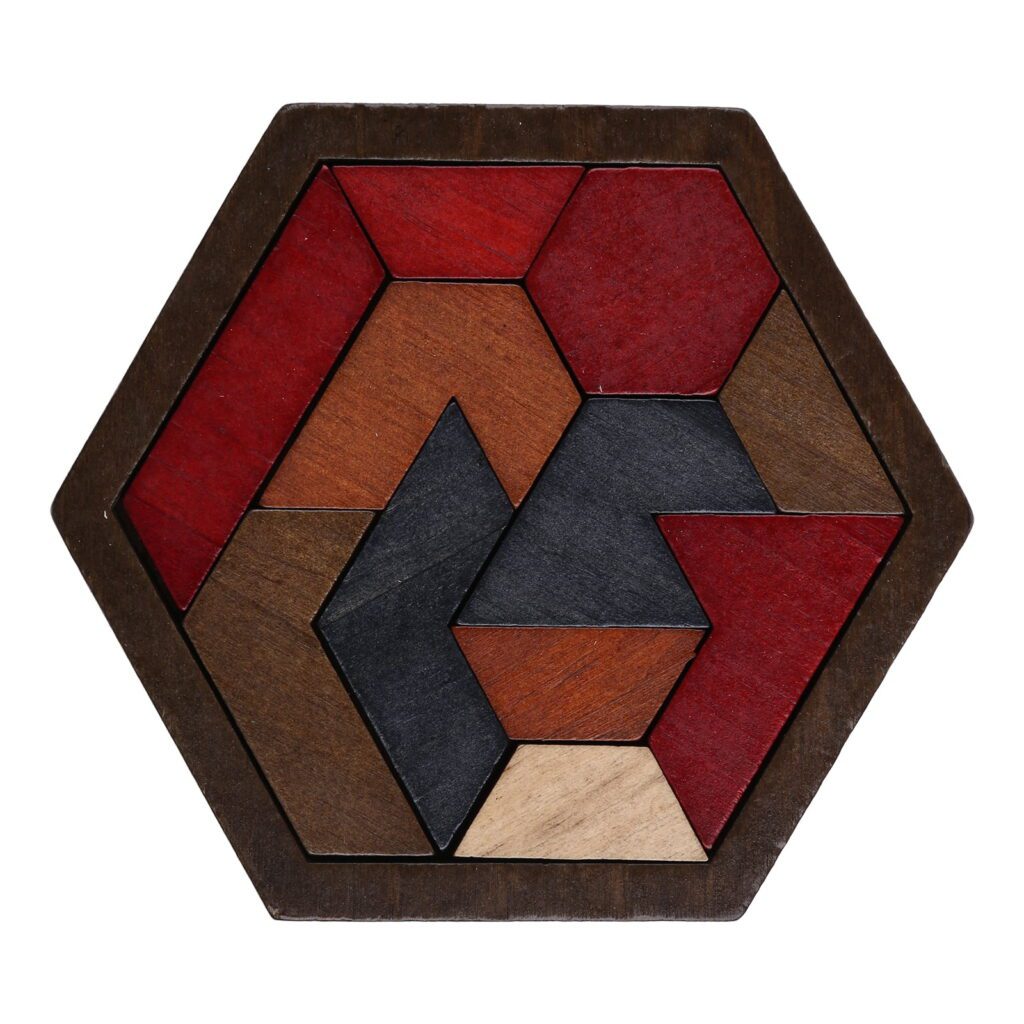Tangram is a classic Chinese puzzle game featuring seven flat shapes, or tans, that can be arranged to create numerous shapes. The origins of Tangram are believed to date back to China’s Song Dynasty and became globally popular in the 19th century. The game only has two rules: all seven tans must be used, and they should not overlap. Tangram has mathematical, artistic, and therapeutic aspects, and helps in teaching geometry, encouraging creative thinking, improving concentration, and reducing stress. Despite its origins in wood, Tangram has adapted to the digital age with online versions and mobile apps.
The Art of Tangram: A Classic Chinese Puzzle Game With Endless Possibilities
Introduction
Originating from China over a thousand years ago, the game of Tangram has entranced minds from all walks of life, across different cultures and ages. A dissection puzzle consisting of seven flat shapes, known as tans, a Tangram is more than just a game. It is a mental exercise, an art, and a mathematical problem sum rolled into one, catering to both children and adults. The tans, which include two large, one medium, and two small triangles, a square, and a parallelogram, can be arranged to create various shapes, both abstract and specific. This timeless game’s beauty is in its simplicity that unfolds to reveal endless complexity and possibilities.
The History of Tangram
While the exact Tangram origins are not crystal clear, most believe it dates back to the Song Dynasty in China (960-1279). The puzzle took the world by storm in the 19th century, becoming massively popular in both Europe and America. With its intriguing combination of artistry and analytics, Tangram played a crucial role in early childhood education, especially in the Montessori system, providing a learning experience through play.
The Rules of the Game
Unlike other games that have lengthy and intricate rules, Tangram has just two primary rules. First, all seven tans must be used in every solution. Second, the tans should not overlap; they must form a shape by touching their edges. This game does not have a single solution to a problem, meaning there can be more than one way to recreate a shape given in a puzzle. The game is generally individual, pushing players to rack their brains and solve it; however, it could also be made competitive by racing to solve the same shape.
The Mathematical Aspect of Tangram
While Tangram may seemingly be a humble game, it is a mathematical marvel. Apart from being an excellent tool to teach kids the basics of geometry, it also delves deeper into complex concepts like spatial rotation, fractions, area, and more. It is an excellent medium to introduce and explain Pythagoras’ theorem in a fun and practical way.
The Artistic Aspect of Tangram
Just as Tangram is a mathematician’s delight, it is equally alluring for artists. The quotient of creativity involved in the game is high. As there is no one ‘right’ solution, players must think out of the box, exploring various permutations to arrive at a result. From figurines to animals to abstract shapes, Tangram offers infinite possibilities for creative expression.
The Therapeutic Aspect of Tangram
Tangram not only stimulates our brain cells but also serves as a stress buster. Many find this mesmerising puzzle game a great way to detach from their routine and rejuvenate. It enhances reflexes, improves concentration, and boosts spatial intelligence. In essence, it provides a therapeutic benefit while keeping the mind engaged in a healthy way.
Conclusion
Although the traditional Tangram is crafted with wood, the game has adapted to modern times with digital versions and mobile apps. It remains a firm favourite, offering an amalgamation of education, entertainment, and enlightenment. The art of Tangram certainly enhances cognition, appreciation for symmetry and geometry, and indeed proves that endless possibilities can arise from simple beginnings.
